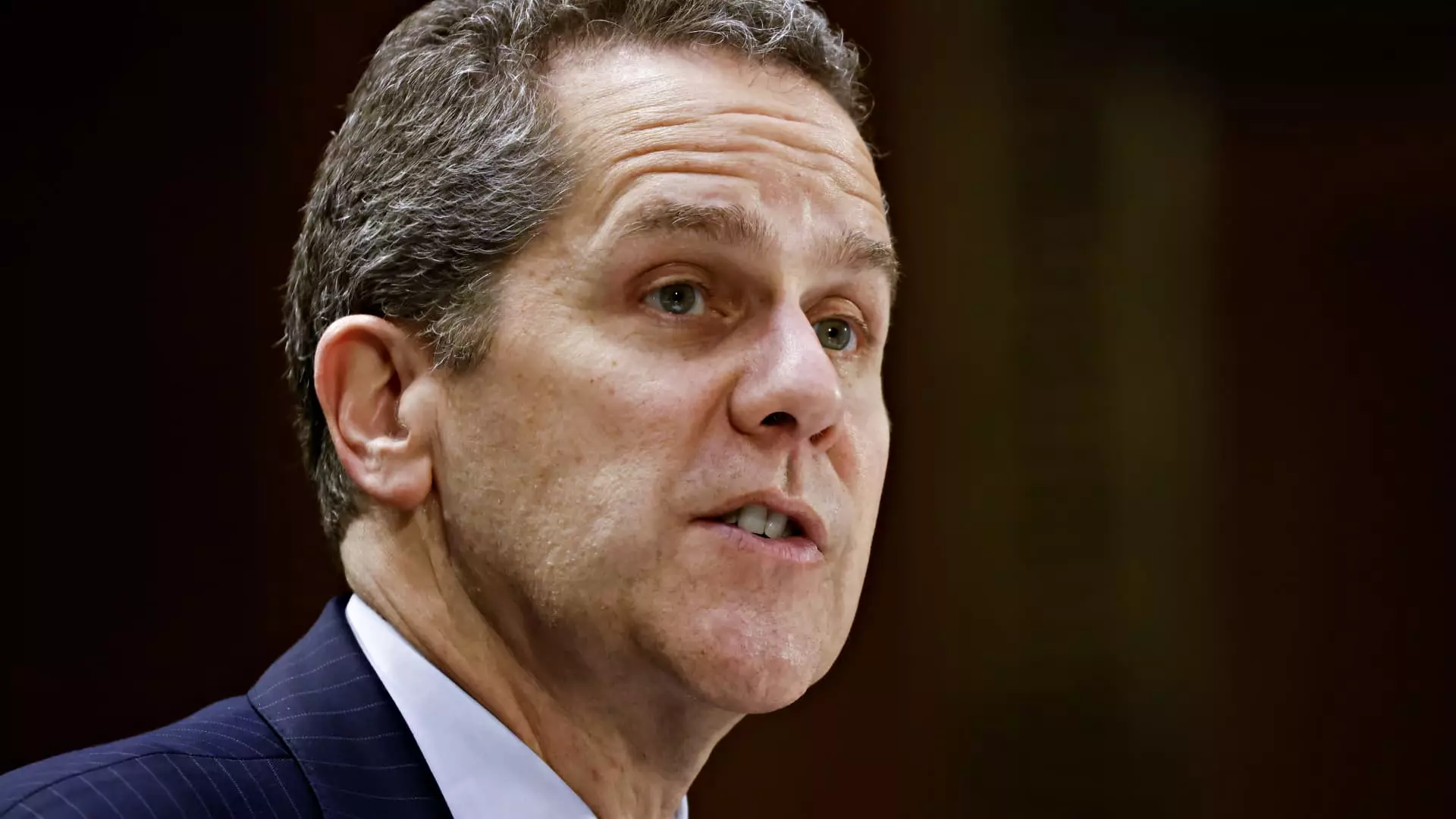The impending resignation of Michael Barr, the Federal Reserve’s vice chair for supervision, marks a significant transition in the leadership of the nation’s banking regulatory framework. Effective February 28, Barr’s decision to step down enables President-elect Donald Trump to appoint a new vice chair who may align more closely with the incoming administration’s pro-business agenda. Barr will remain a Fed governor until 2026, maintaining a foothold in the central bank while relinquishing his supervisory responsibilities. This move mitigates potential friction that could arise during a sensitive transition period, and it offers Trump an opportunity to reshape the policy landscape in favor of bank-friendly regulations.
In confirming his resignation, Barr hinted at the potential distractions that might have arisen from possible conflicts with Trump’s administration. He articulated a preference to focus on his role as governor to continue serving the public effectively. His statement reflects an awareness of the complexities involved in financial regulation, particularly in a climate where the banking sector’s stability and regulatory landscape are under constant scrutiny. Barr’s tenure witnessed the reverberations from the 2008 financial crisis, culminating in a reassessment of the regulatory framework designed to prevent a recurrence of such economic turmoil.
Financial markets responded positively to Barr’s resignation, with bank stocks registering gains, indicative of investor optimism about potential regulatory rollbacks. The SPDR S&P Bank exchange-traded fund’s uptick signals confidence that a new appointee could foster a more lenient environment for banks. This sentiment is critical as the Federal Reserve has been engaged in a reevaluation of regulatory measures, notably the Basel Endgame, a series of rules perceived as burdensome by many in the industry. The Fed has announced that no significant changes in rules will be made until Barr’s successor is confirmed, emphasizing the importance of continuity in regulatory philosophy during this transition.
The position from which Barr is departing was established in response to the 2008 financial crisis, underscoring the need for rigorous oversight of financial institutions. Since its inception, the vice chair for supervision has played a pivotal role in shaping policies intended to enhance the stability of the U.S. banking system. Barr’s oversight was recently tested during a liquidity crisis earlier in 2023, where several prominent institutions, including Silicon Valley Bank, faced sudden failures. The Fed’s rapid response, through the enactment of a liquidity facility, demonstrated the challenges inherent in balancing regulatory enforcement with the need to maintain market confidence.
As Trump prepares to nominate a successor for Barr, the implications of this appointment for both the banking industry and the broader economy remain profound. The new vice chair will need to navigate a complex financial landscape, balancing regulatory responsibilities with the pressure to stimulate economic growth. Given the current polarized political climate, the nomination process could also evoke intense scrutiny and debate regarding the future direction of financial regulation in the United States. Barr’s resignation not only indicates a transition in leadership but also opens a chapter for potential shifts in policy that could significantly impact the financial sector.

